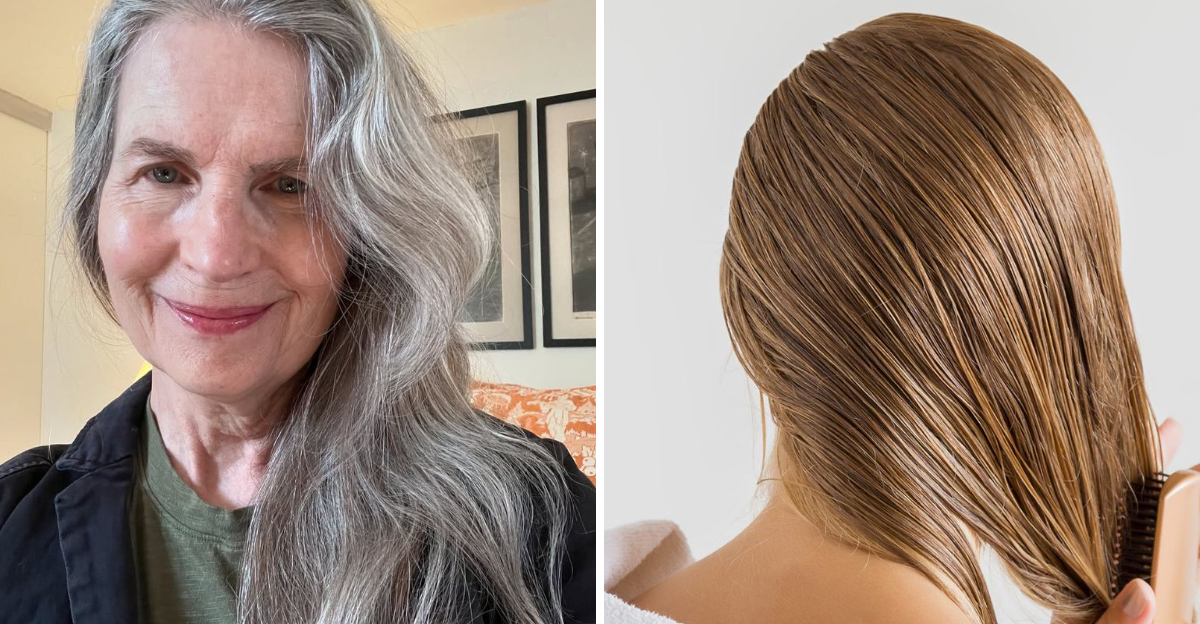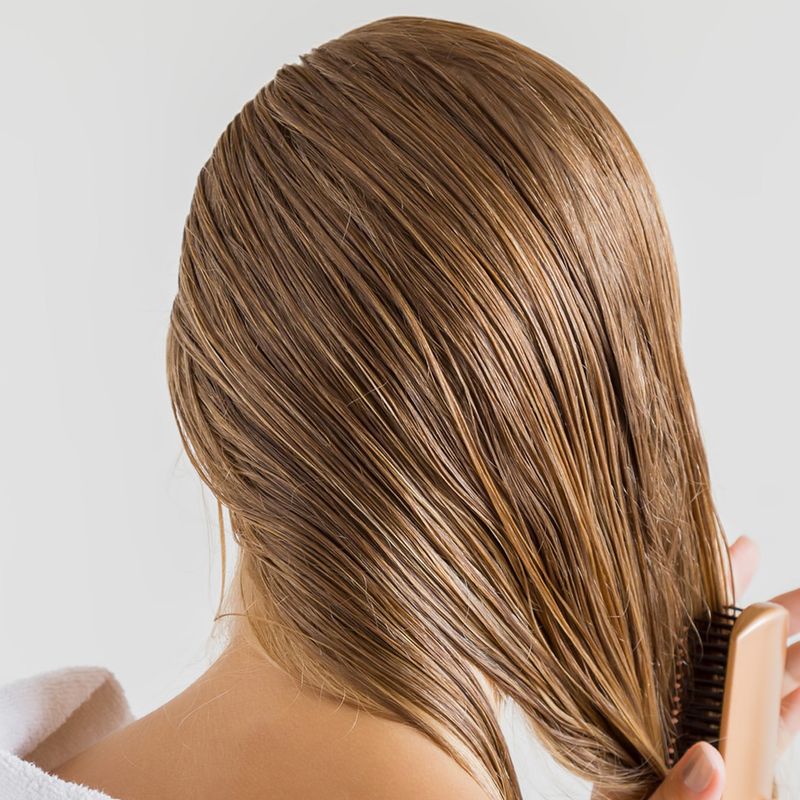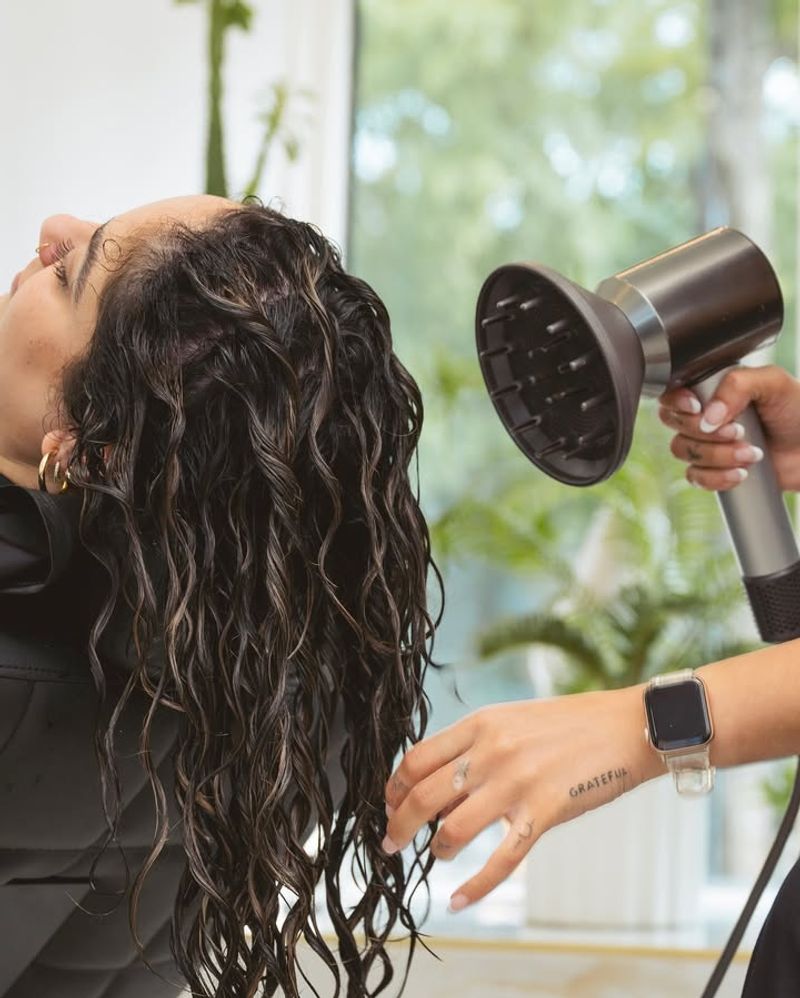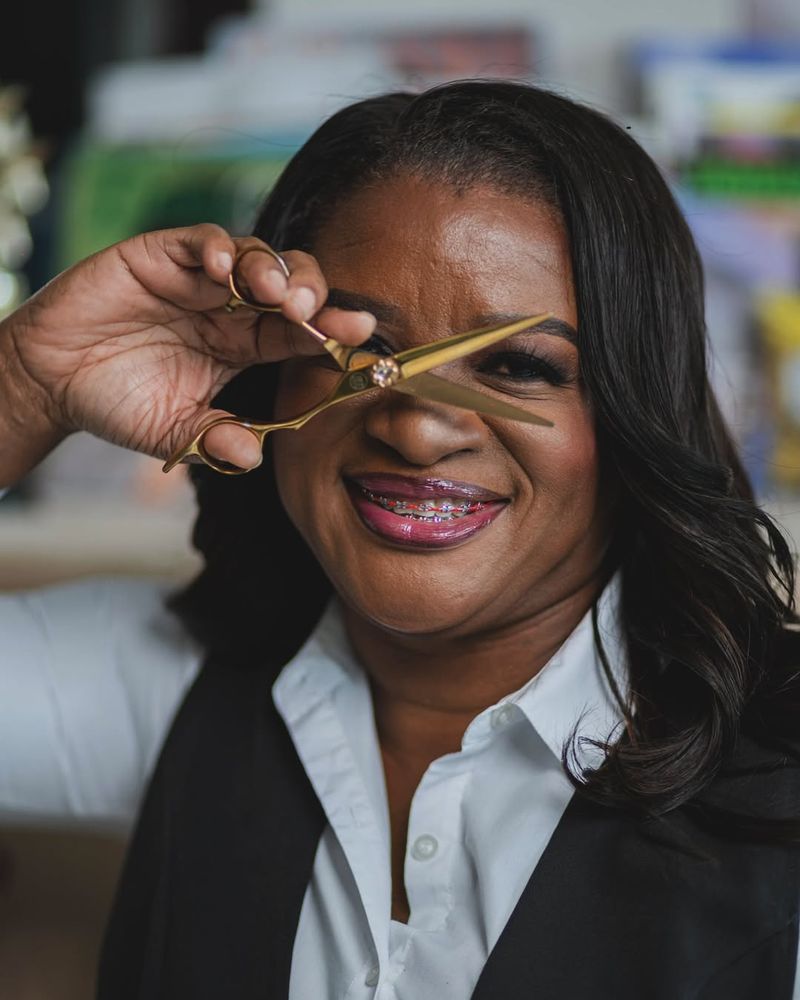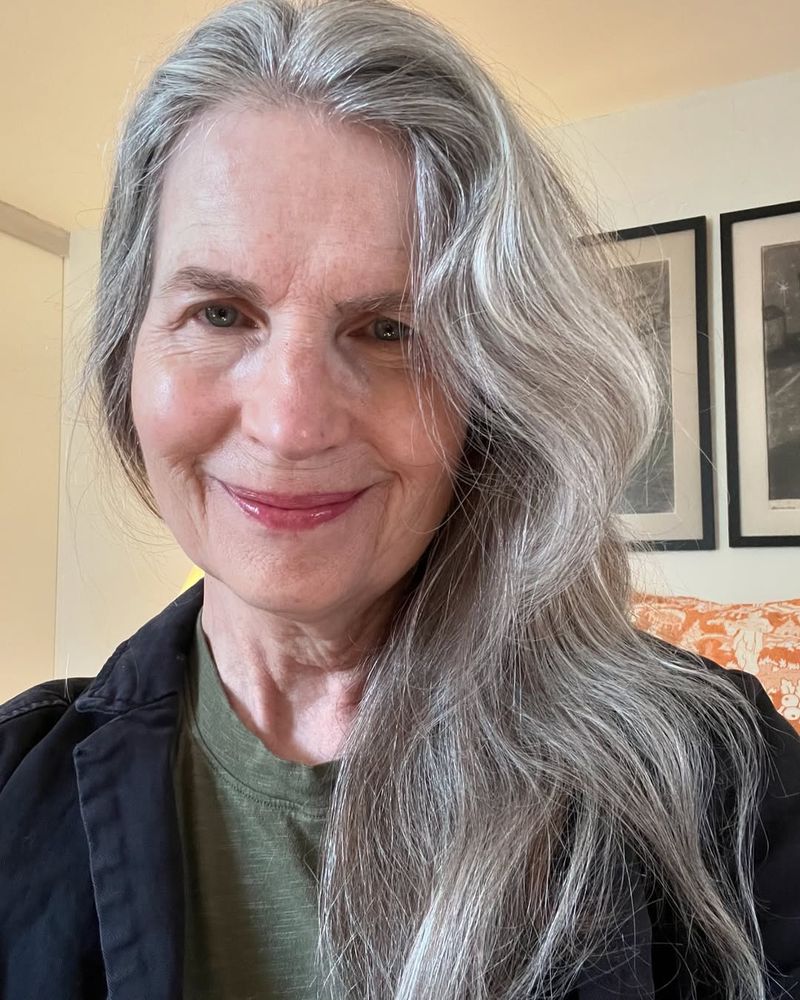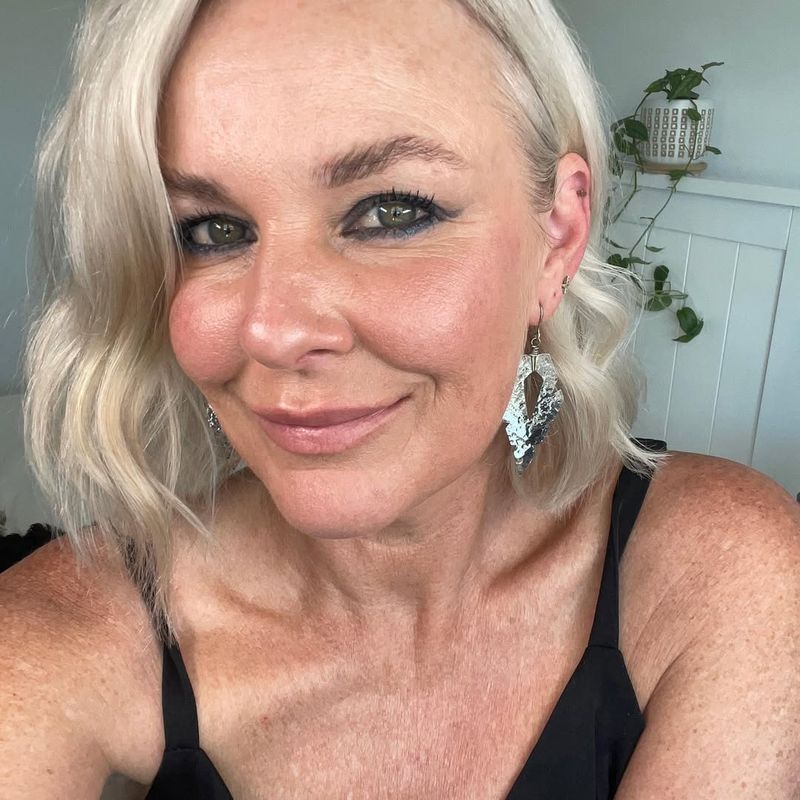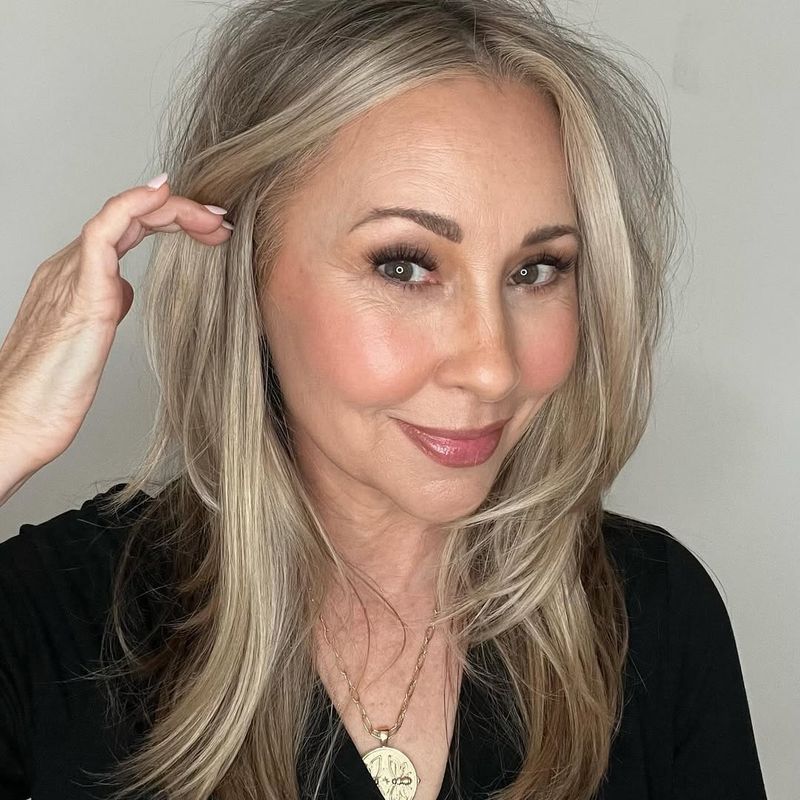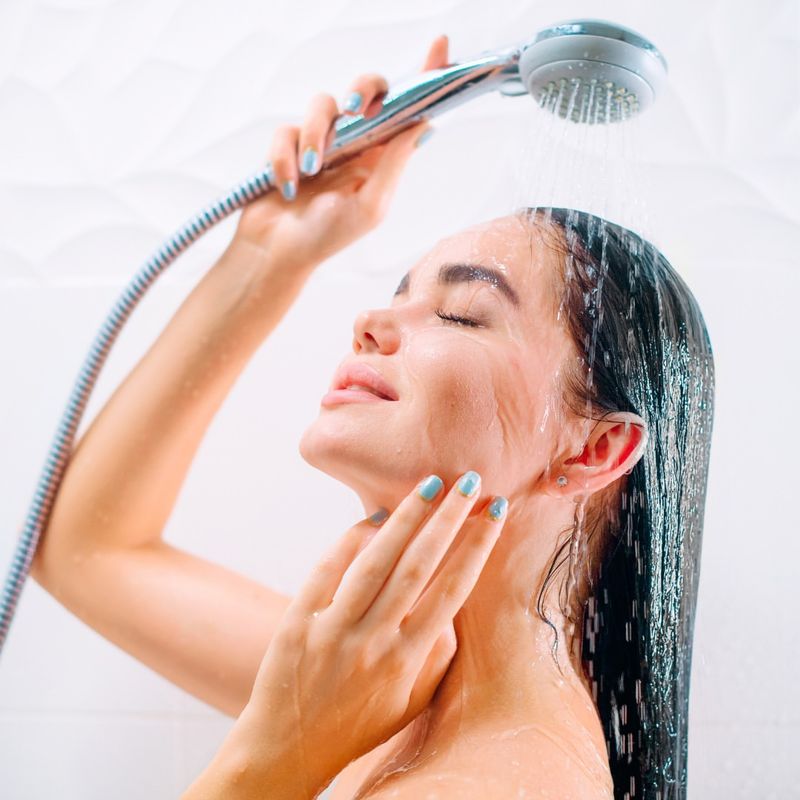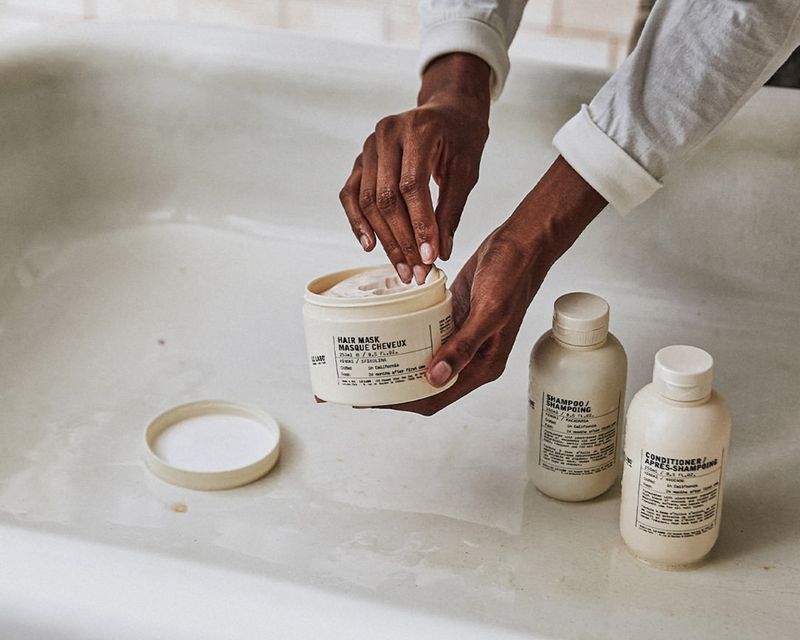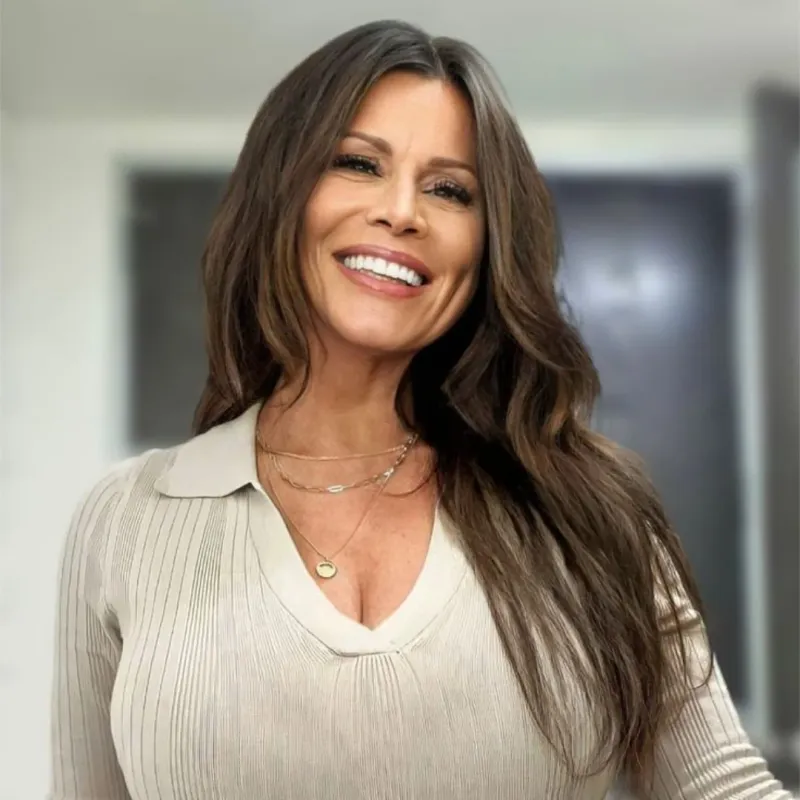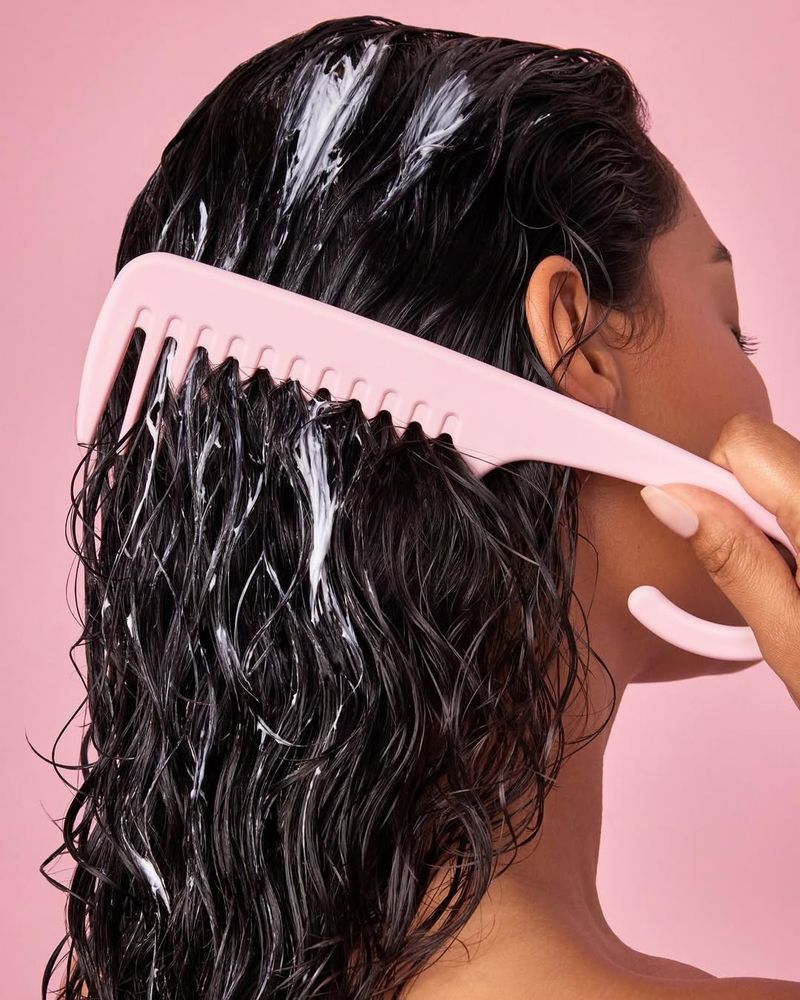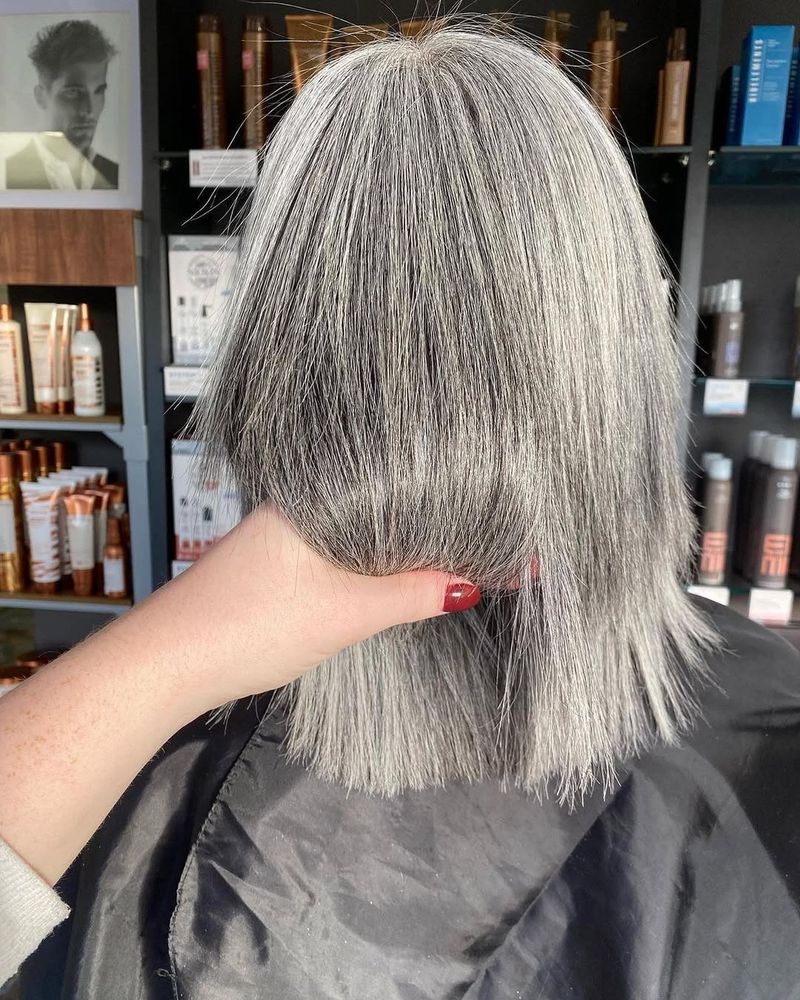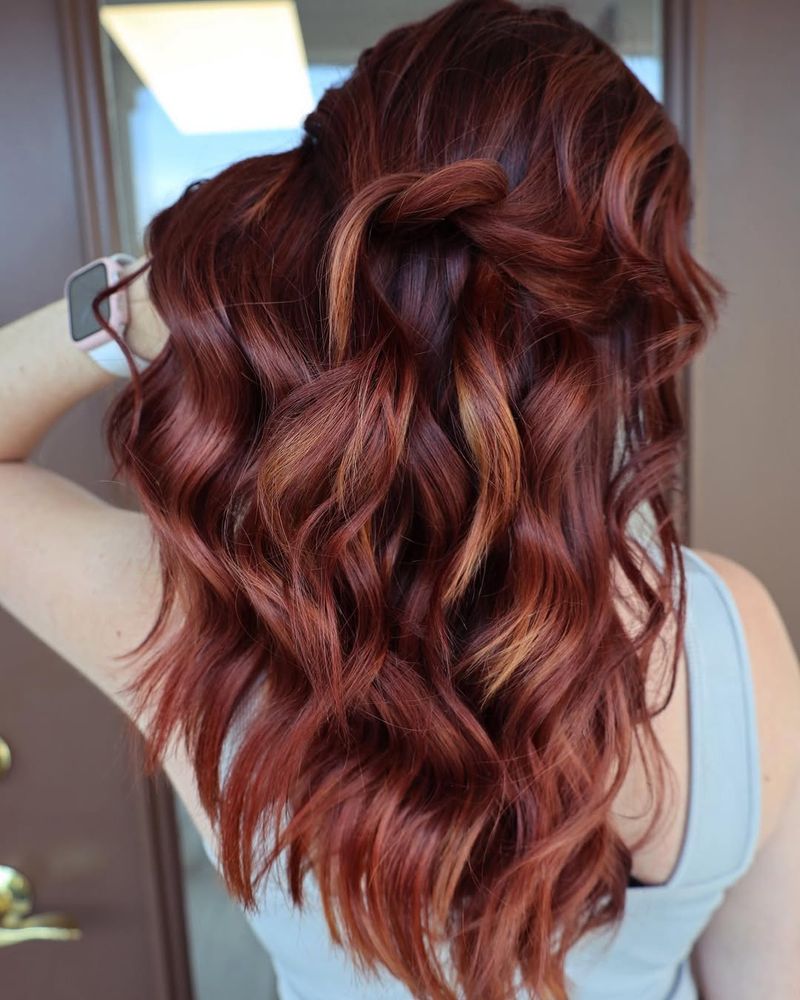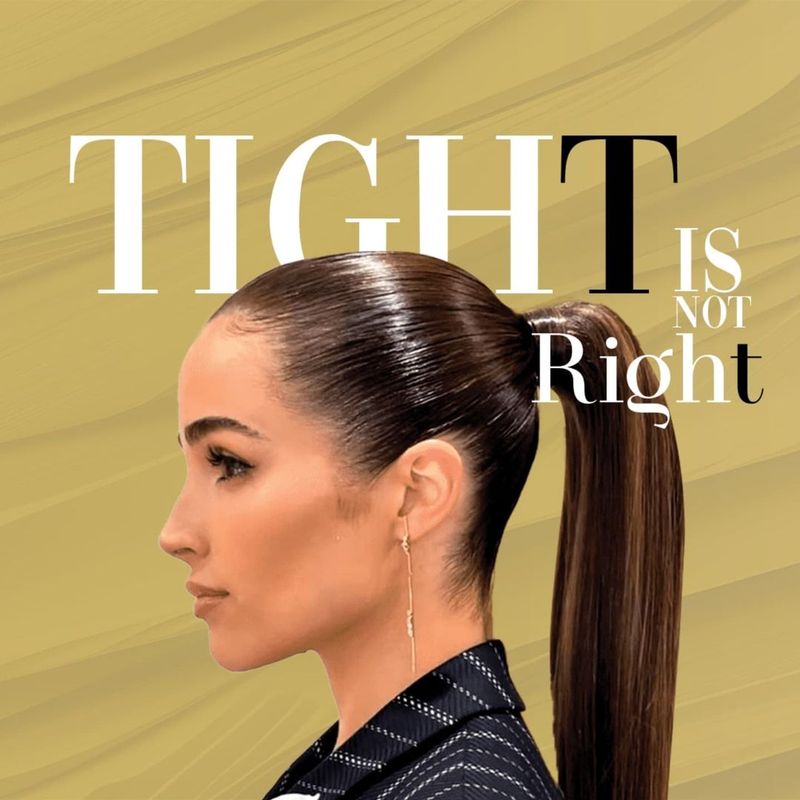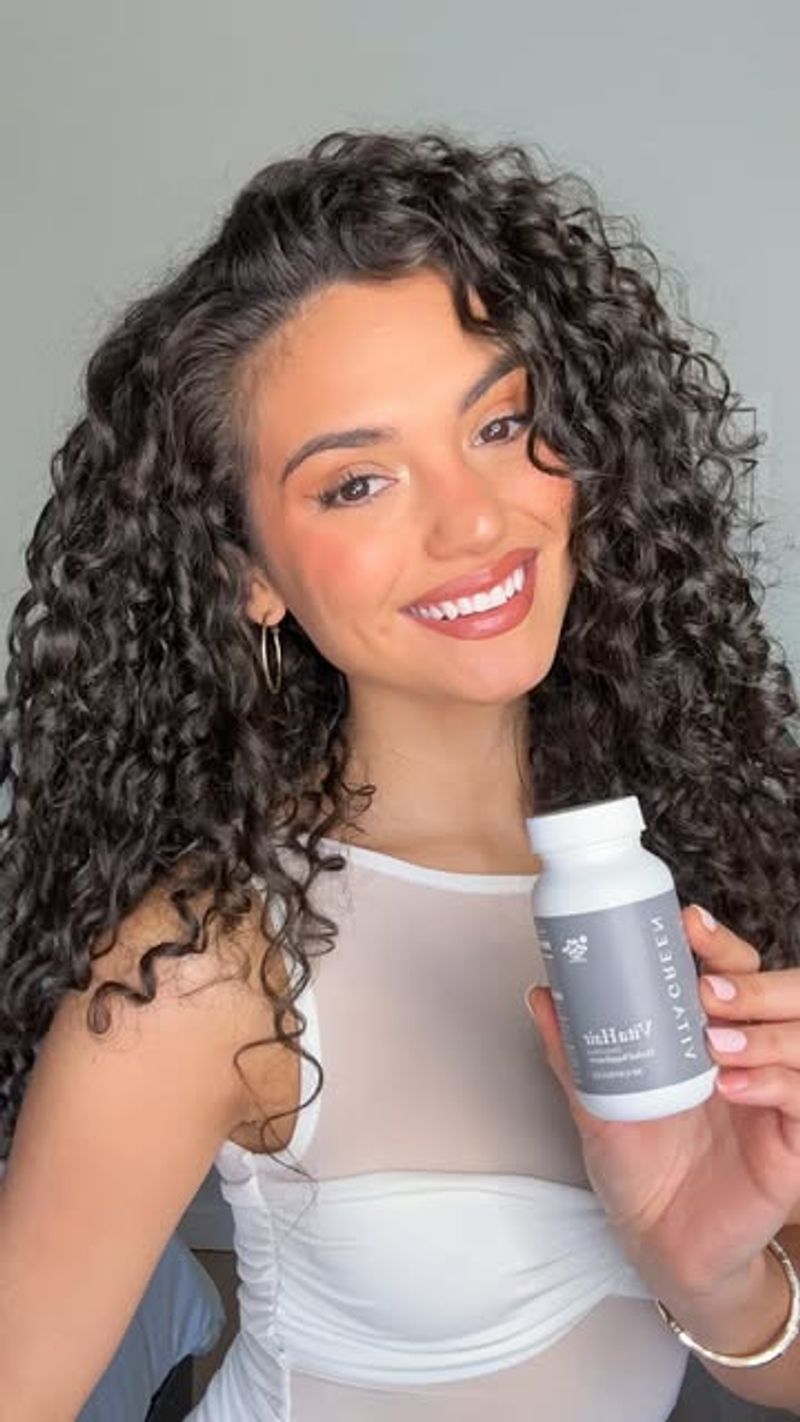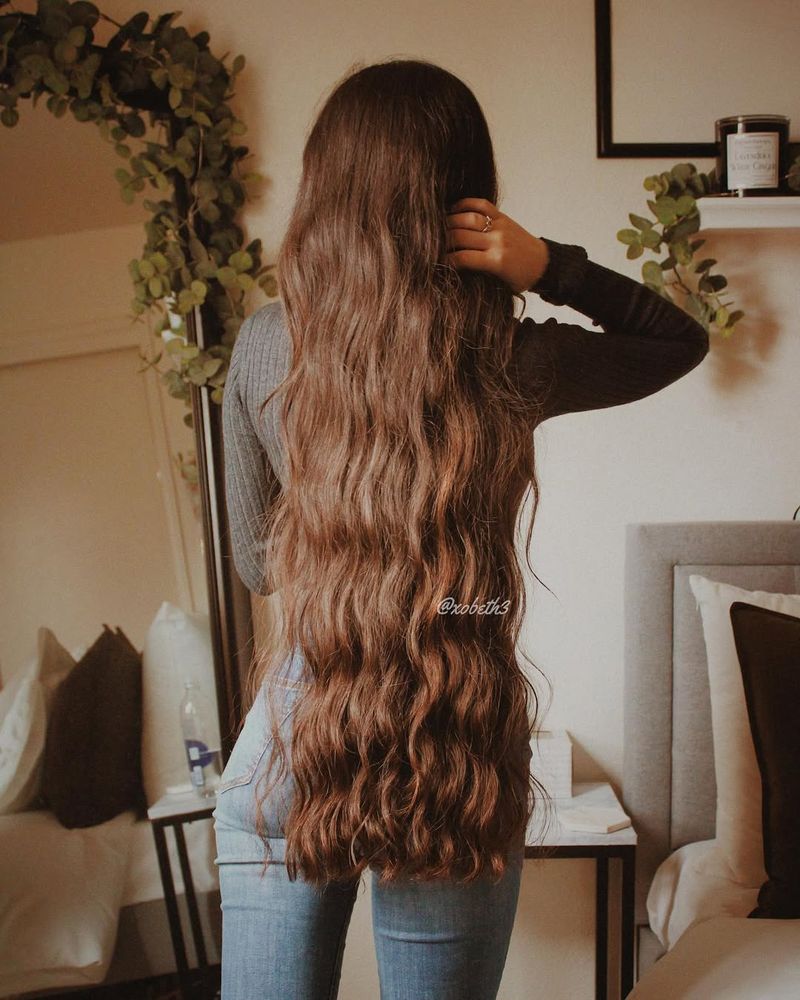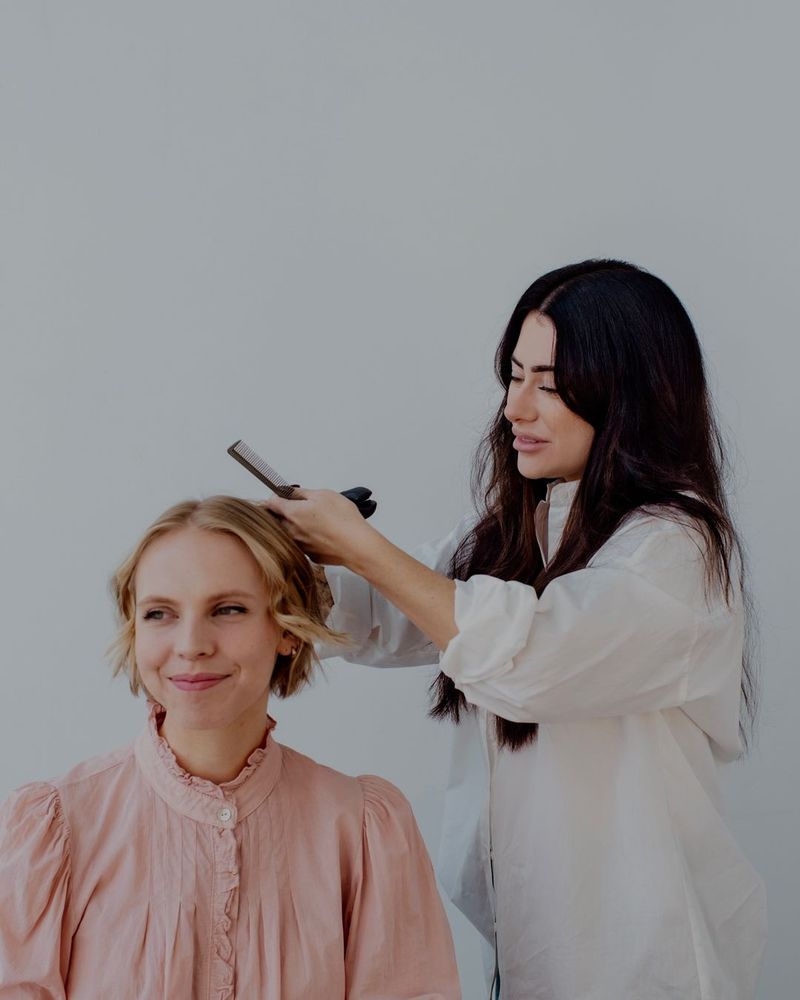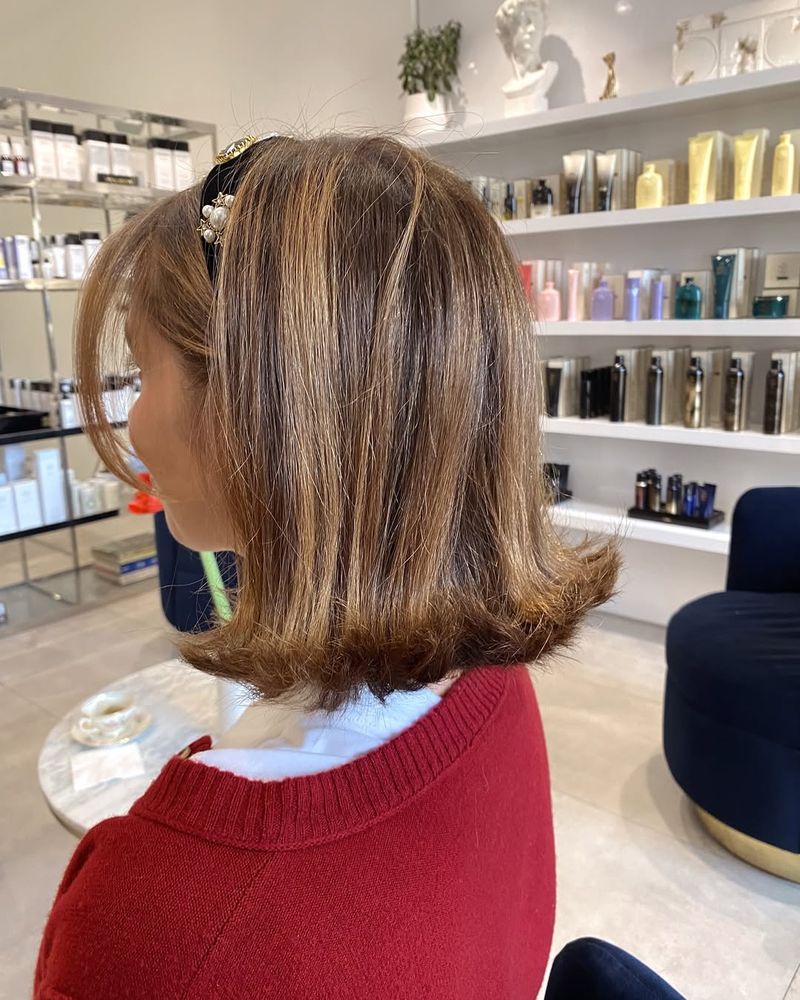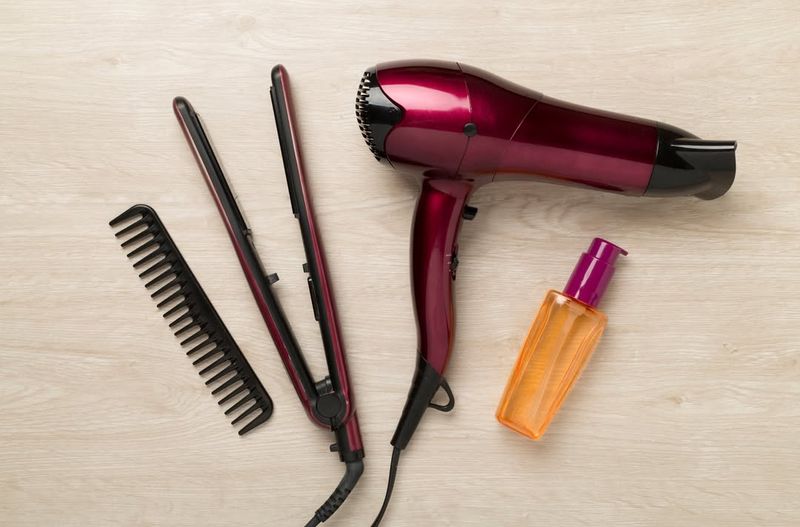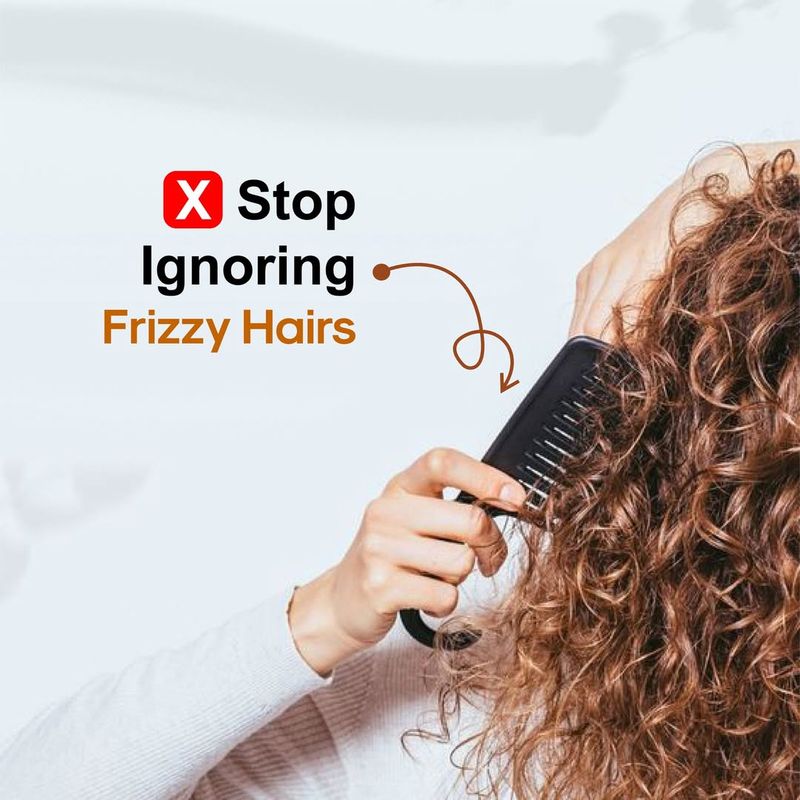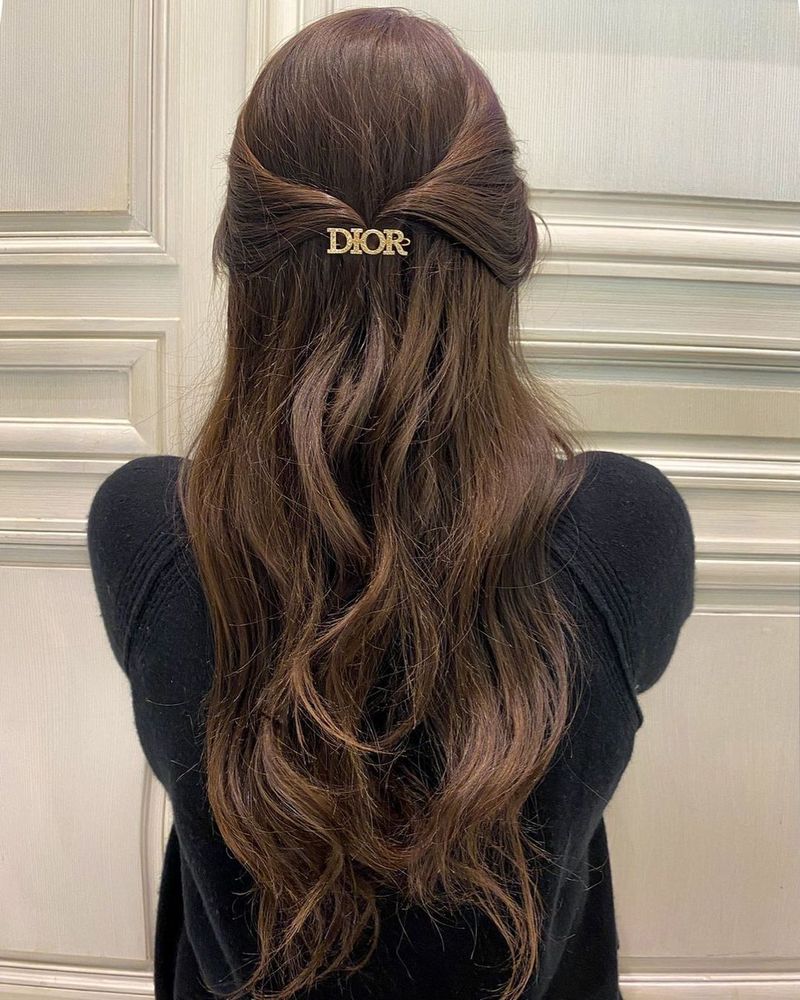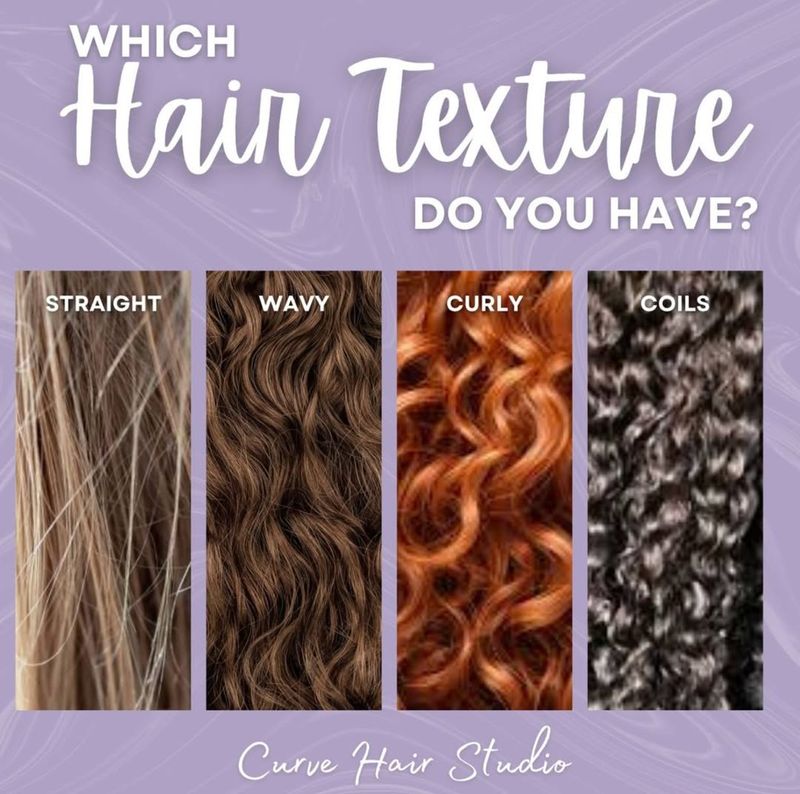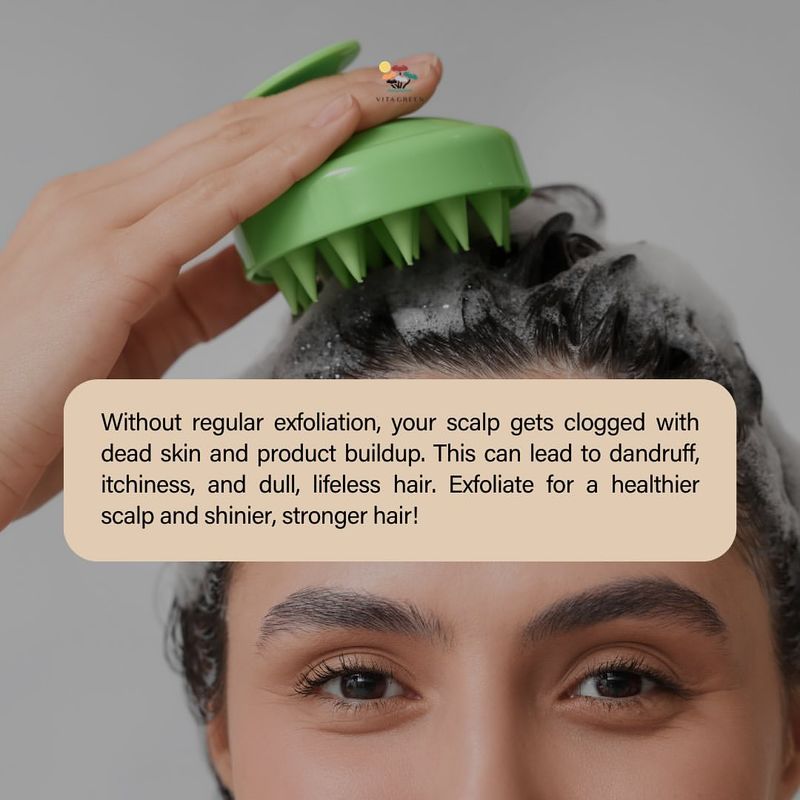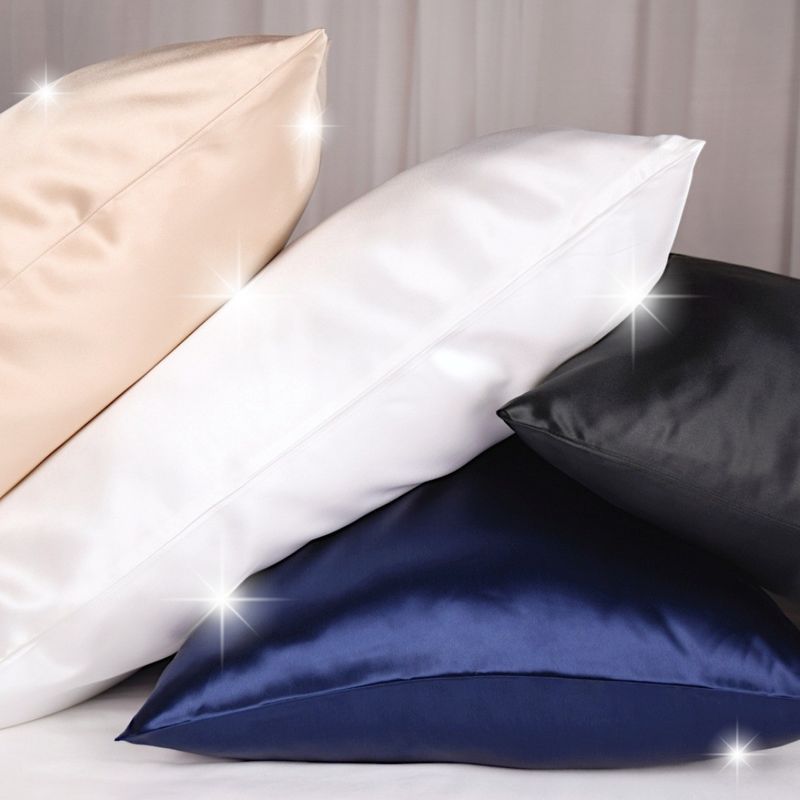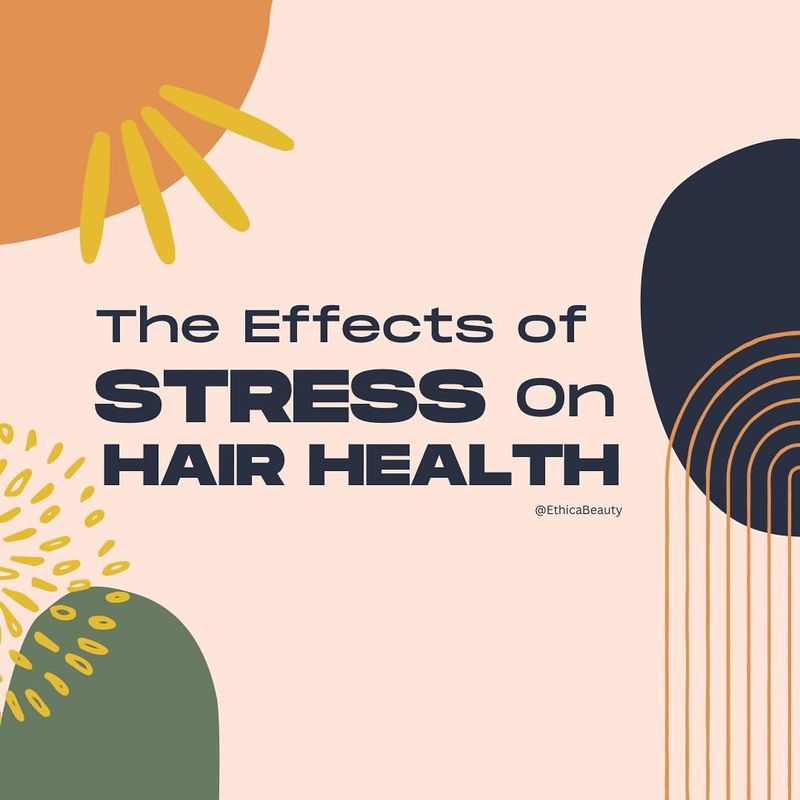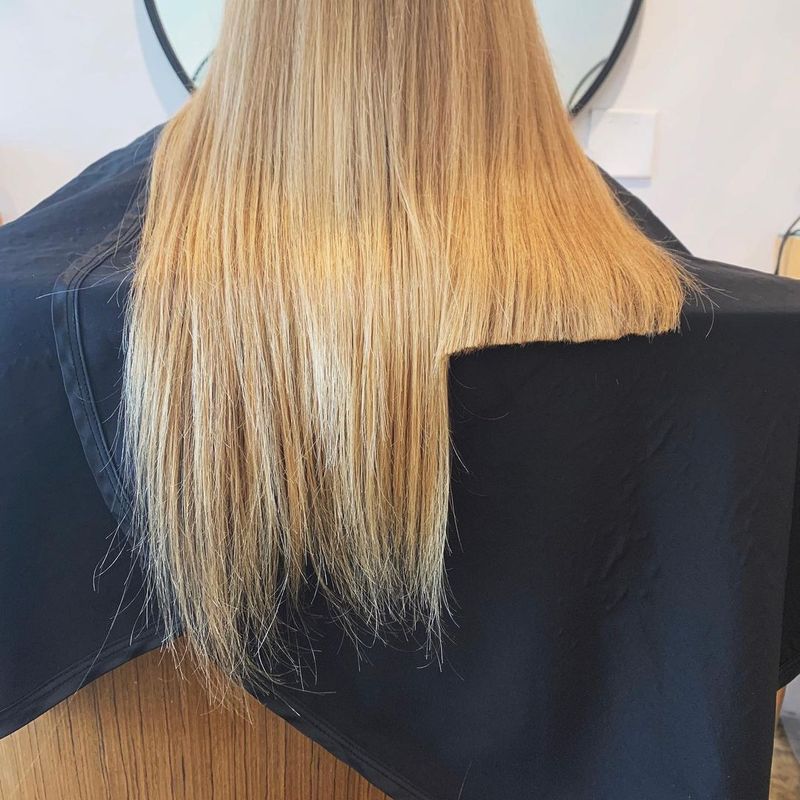As you gracefully age, maintaining healthy and vibrant hair becomes essential. Embracing maturity doesn’t mean you have to compromise on style or hair health.
After turning 60, your hair requires more attention and care to keep its shine and strength. Here are 30 common mistakes to avoid, ensuring your hair remains a crowning glory.
1. Overwashing Hair
Washing your hair too frequently can strip away essential oils, leading to dryness and brittleness. It’s advisable to wash only two to three times a week.
Related: -7 Straight-Hair Problems No One Talks About And 8 Easy Fixes That Shine
This helps maintain natural oils while keeping your scalp clean and healthy. Consider using sulfate-free shampoos to further protect your hair’s natural moisture balance.
2. Ignoring Scalp Health
The scalp is the foundation of hair health, yet it’s often ignored. Regularly massaging with essential oils can stimulate blood flow and promote hair growth.
Look for signs of dryness or irritation and address them promptly. A healthy scalp can significantly impact the overall quality and appearance of your hair.
3. Using Excessive Heat
Heat styling tools can damage hair, especially as it becomes more delicate with age. Limit the use of hairdryers, curling irons, and straighteners.
If styling is needed, use a heat protectant spray to shield your strands. Opt for air drying whenever possible to preserve your hair’s natural texture and strength.
4. Avoiding Regular Trims
Skipping regular haircuts can lead to split ends and unmanageable hair. Aim for a trim every six to eight weeks to keep your hair looking fresh.
This not only helps in maintaining length but also promotes healthy growth by removing damaged ends. Regular trims keep your hairstyle in shape and prevent frizz.
5. Neglecting Conditioning
Conditioning is crucial, especially for mature hair that tends to be drier and more brittle. Ensure to condition your hair after every wash.
Opt for deep conditioning treatments once a week to hydrate and rejuvenate your strands. Well-conditioned hair appears shinier, softer, and is more manageable.
6. Wrong Hair Products
Not all hair products are suitable for aging hair. Choose products that provide moisture and are free from harsh chemicals.
Look for labels that specifically mention anti-aging or are formulated for mature hair. Reading labels and understanding ingredients is key. Tailored products can greatly enhance your hair’s health.
7. Skipping Sun Protection
Sun exposure can weaken hair, causing it to become dry and discolored. Protect your hair by wearing hats or using UV-protectant sprays when outdoors.
This simple step helps in maintaining color and strength. Just as sunscreen is vital for your skin, sun protection for your hair should never be overlooked.
8. Ignoring Hair Loss
Hair thinning and loss are common with age. Ignoring these signs can lead to significant hair health issues.
Consult a dermatologist if you notice excessive shedding or thinning. Early intervention can prevent further loss and maintain fullness. Consider supplements and treatments designed to support hair health.
9. Rough Towel Drying
Vigorously rubbing your hair with a towel can lead to breakage and frizz. Instead, gently pat dry using a soft microfiber towel.
This reduces friction and minimizes damage. Allow your hair to air dry as much as possible. Gentle handling is crucial to maintain the integrity and beauty of your hair.
10. Using Hot Showers
Hot water can strip your hair of its natural oils, leading to dryness and dullness. Opt for lukewarm water when washing your hair.
This helps maintain moisture and keeps your hair shiny and soft. A cooler rinse can seal the hair cuticle, adding extra shine and preventing unnecessary damage.
11. Avoiding Hair Masks
Hair masks provide deep nourishment that regular conditioners may not offer. Use them once a week for added hydration and repair.
These treatments can revitalize dry, brittle hair and restore its natural luster. Opt for masks rich in vitamins and natural oils for the best results. Your hair will thank you for this indulgence.
12. Neglecting Nutrition
What you consume significantly impacts your hair health. Incorporate a balanced diet rich in vitamins, minerals, and proteins.
Foods like salmon, nuts, and leafy greens can strengthen your hair from within. A nutritious diet complements external hair care routines, ensuring your hair remains thick, shiny, and resilient.
13. Brushing Wet Hair
Brushing wet hair can lead to breakage, as hair is most vulnerable when damp. Use a wide-tooth comb to gently detangle, starting from the ends and working upwards.
This minimizes stress on the roots and reduces breakage. Be patient and gentle to maintain your hair’s strength and prevent unnecessary damage.
14. Ignoring Gray Hair Care
Gray hair requires special care to maintain its brightness and texture. Use products designed for gray or silver hair to prevent yellowing and enhance shine.
Regular deep conditioning can keep it soft and manageable. Embrace your natural color while ensuring it remains vibrant and healthy with the right hair care routine.
15. Overusing Hair Color
Frequent coloring can damage hair, especially if not done carefully. Allow several weeks between color treatments to let your hair recover.
Choose gentle, ammonia-free dyes to minimize damage. Embrace your natural grays or opt for low-maintenance highlights. This approach keeps your hair healthy while allowing for stylish expression.
16. Neglecting Hydration
Proper hydration is essential for overall health, including your hair. Drink plenty of water daily to keep hair hydrated from within.
Dehydration can lead to dry, brittle strands and a dull appearance. Alongside topical treatments, internal hydration is key to maintaining vibrant and resilient hair. Keep that water bottle handy!
17. Tight Hairstyles
Wearing tight hairstyles can strain your hair and lead to breakage or hair loss. Opt for looser styles that minimize stress on your scalp and hair follicles.
Try gentle updos or loose braids to reduce tension. Your hair will thank you with better health and strength when you avoid pulling it too tightly.
18. Skipping Hair Supplements
As you age, your hair might benefit from additional nutrients. Hair supplements rich in biotin, vitamin E, and omega-3 fatty acids can improve hair strength and growth.
Consult a healthcare provider to choose the right supplements for your needs. Complementing your diet with these supplements can enhance your hair care routine.
19. Not Changing Hair Routine
Sticking to the same routine may not meet your hair’s evolving needs. As you age, your hair texture and health change, requiring different care.
Experiment with new products and techniques to find what works best for you. Regularly reassessing your hair routine can lead to better outcomes and healthier, more vibrant hair.
20. Avoiding Professional Advice
Consulting a professional stylist can provide insights tailored to your hair needs. They can recommend suitable products and treatments, helping you maintain healthy hair.
Don’t hesitate to seek advice, especially if facing issues like thinning or damage. Professional guidance can make a significant difference in your hair care routine.
21. Underestimating Natural Remedies
Natural remedies can offer effective hair care solutions. Ingredients like avocado, coconut oil, and aloe vera have nourishing properties.
Incorporating these into your routine can enhance your hair’s health without harsh chemicals. Explore natural treatments as part of your regimen for a simple, effective way to maintain strong, beautiful hair.
22. Using Old Styling Tools
Old styling tools may not distribute heat evenly, leading to damage. Ensure your tools are up-to-date and in good condition.
Modern tools often have features like temperature control and ceramic plates that can minimize damage. Investing in quality tools ensures you style your hair safely, preserving its health and appearance.
23. Ignoring Frizz Control
Frizz can make hair appear unkempt and unhealthy. Use anti-frizz serums or leave-in conditioners to tame flyaways and smooth strands.
Regular trims can help manage frizz by removing damaged ends. Addressing frizz as part of your hair care routine keeps your hair looking polished and well-groomed, enhancing your overall style.
24. Using Harsh Chemicals
Harsh chemicals in hair products can lead to damage and dryness. Opt for products with natural or gentle ingredients. Avoid sulfates, parabens, and alcohols that can strip moisture.
Using chemical-free products preserves your hair’s health and vibrancy. Being mindful of ingredients is vital for maintaining healthy hair, especially as it matures.
25. Neglecting Hair Accessories
Using rough hair accessories can lead to breakage and split ends. Opt for soft fabric ties or clips that minimize damage.
Avoid metal clasps or rubber bands that can snag and pull hair. Choosing the right accessories is a simple way to protect your hair and keep it looking its best every day.
26. Overlooking Hair Texture
Understanding your hair texture is key to proper care. Different textures require specific products and techniques.
Embrace your natural texture, whether curly, wavy, or straight. Use products that enhance your hair’s natural beauty without weighing it down. Acknowledging and nurturing your hair’s inherent qualities results in healthier, more manageable hair.
27. Avoiding Scalp Exfoliation
Regular scalp exfoliation removes buildup, promoting a healthier environment for hair growth. Use gentle scrubs or exfoliating shampoos to cleanse the scalp.
This process can enhance blood circulation and prevent dandruff. Incorporating exfoliation into your routine ensures a clean, fresh scalp, supporting strong and vibrant hair growth.
28. Not Using Silk Pillowcases
Cotton pillowcases can cause friction, leading to frizz and breakage. Switch to silk pillowcases for a smoother surface.
Silk reduces friction, helping to maintain hairstyle overnight and minimize damage. This simple change can improve hair texture and appearance, allowing you to wake up with smoother, more manageable hair.
29. Overlooking Stress Impact
Stress can affect hair health, leading to thinning and loss. Incorporate stress-reduction techniques like meditation, yoga, or leisurely walks into your routine.
Managing stress positively impacts your overall well-being, including your hair. Embrace relaxation practices to keep both mind and hair healthy. Reducing stress supports stronger, more resilient hair growth.
30. Neglecting Split Ends
Split ends can travel up the hair shaft, causing further damage if left untreated. Regular trims are essential to remove them.
Use serums or oils to temporarily seal split ends between cuts. Paying attention to this minor detail can prevent significant damage, ensuring your hair remains healthy, smooth, and free from tangles.

